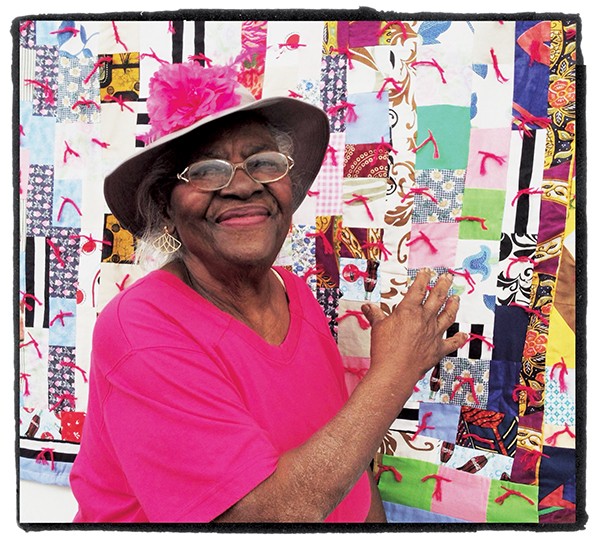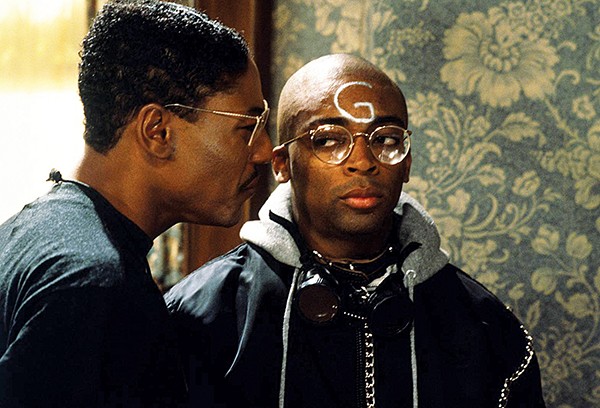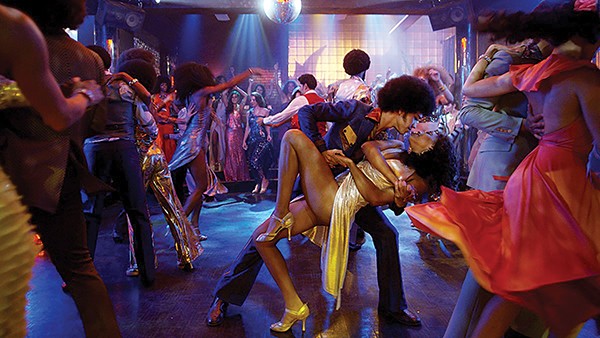Recently, the Justice Department announced that the federal prison system would distance itself from privately owned prisons. The gradual implementation will take five years and instructs officials to not renew contracts or to limit the power of private companies in these “contract prisons.” This tangled relationship began at the federal level in 1997. But in many ways, the privatization of prisons is homegrown Tennessee politics.
Tennessee-based Corrections Corporation of America (CCA), the first and largest private prison company in the U.S., felt the aftershock of the news with a 35 percent drop in stock prices.
The Justice Department determined that private prisons were neither more cost-effective nor safer than government-run facilities. In an eight-category analysis, inspectors found that contract prisons lagged behind their publicly run counterparts. This included a higher rate of assaults directed at prisoners and staff. The Justice Department decided that contract prisons are a poorer option than government-run prisons.
This wasn’t the message touted by government in the 1980s. CCA first emerged in Nashville. Its cofounder, Tom Beasley, began his career under Tennessee politician Lamar Alexander. Within two years of its founding, many Republicans and Democrats at the state level owned stock in the upstart company that was generating substantial profits from the incarceration business.
The company also capitalized on growing discontent and legal qualms about state prisons. A series of riots in 1985 shook Tennessee politics. Lawsuits had already snaked their way through the courts, and an investigation found prisoner living conditions “shocking” and “unsafe.” The investigation cited recently enacted tough-on-crime measures as the major factor in a massive prison population boom. In the late 1970s, Alexander ran on a tough-on-crime platform that put people in prison and kept them there for longer.
Prisoners had begun airing their grievances to local newspapers. Prisoners at four locations burned facilities, took hostages, demanded a live press conference, caused more than $11 million in damages, and attracted national attention. The state’s leaders decided Tennessee needed to unload its prison problems.

Enter CCA. The governor’s wife, Honey Alexander, and Speaker of the House Ned McWherter quickly dumped their CCA stock to avoid any appearance of conflict of interest. Then, in a swiftly called special session, Governor Alexander endorsed a full buyout of Tennessee prisons by the private company, calling this new alternative “cheaper and better.”
Other politicians and legislators questioned the legality of the deal but paid no mind to the implications of turning the prison system into a for-profit business. After revisions, the state legislature struck down the buyout proposal.
Although the full buyout never happened, the slow encroachment of private companies into prisons soon became a reality as the legislature approved the takeover of several state facilities. Republican members of the state legislature supported the move. Democrats largely accepted it and provided no viable alternative. Although prisoners and state prison workers protested privatization, politicians in Tennessee remained silent.
Those opposed to private prisons have gained important allies in recent months. For the first time, a presidential hopeful from a major party has made a serious call to do away with contract prisons. And although Bernie Sanders’ run for president is over, there is a political opportunity for Democrats to fight prison privatization, especially in light of the Justice Department’s decision.
The move to end the relationship between federal prisons and private companies is an important step, but it’s not where privatization began, nor is it where it should end. More than 30 years ago, the Democratic Party’s silence on the issue in Tennessee allowed prison privatization to take hold. The Justice Department’s decision affects only a fraction of prisoners living in private prisons. Most prisoners are still held at state-level prisons, where CCA began and is still a dominant force.
The same criticisms that the Justice Department acknowledged regarding privately run federal prisons hold true for their state counterparts. Ending the for-profit business model of incarceration at the state level is a battle that must be fought in state legislatures around the country.
Andrea L. Ringer is a PhD candidate in the history department at the University of Memphis.




 Toby Sells
Toby Sells  Habitat for Humanity of Greater Memphis
Habitat for Humanity of Greater Memphis 
